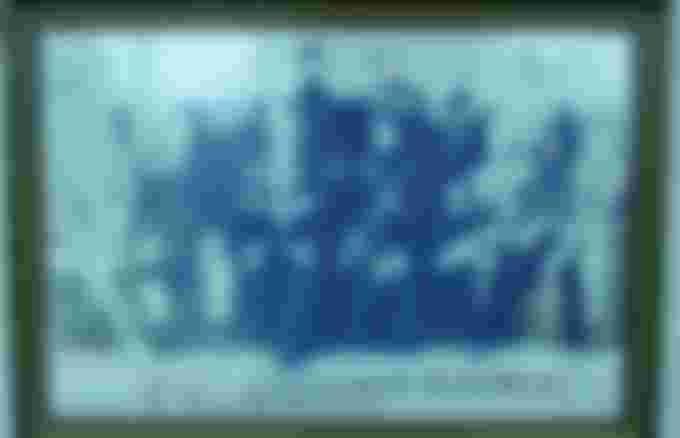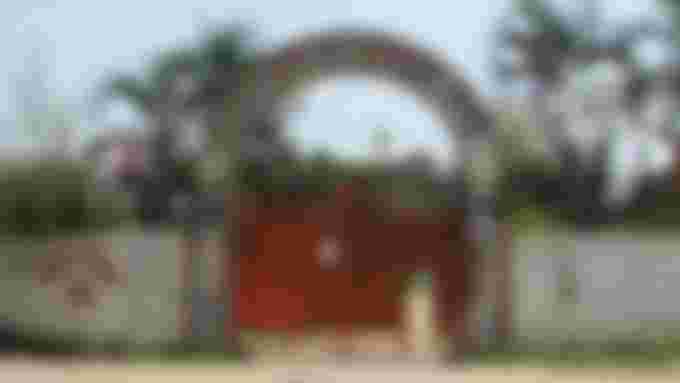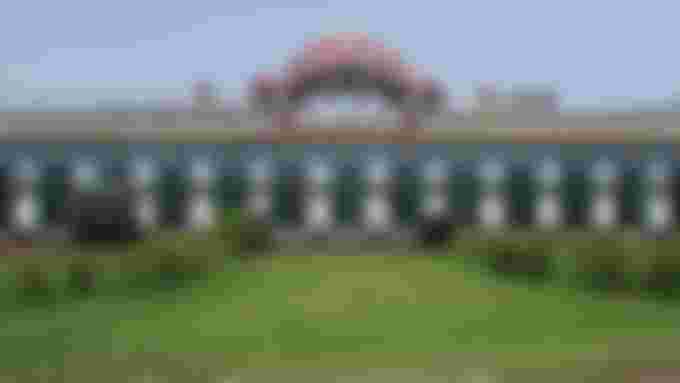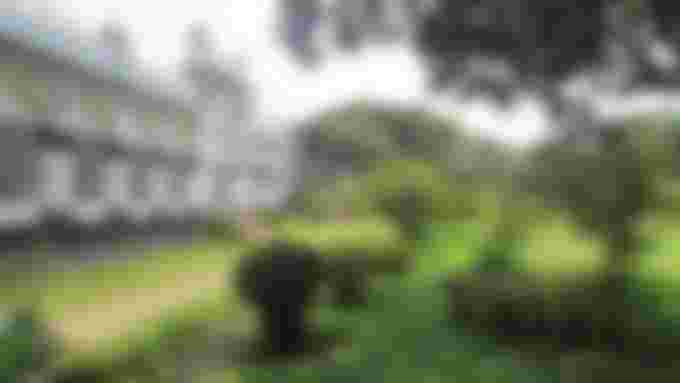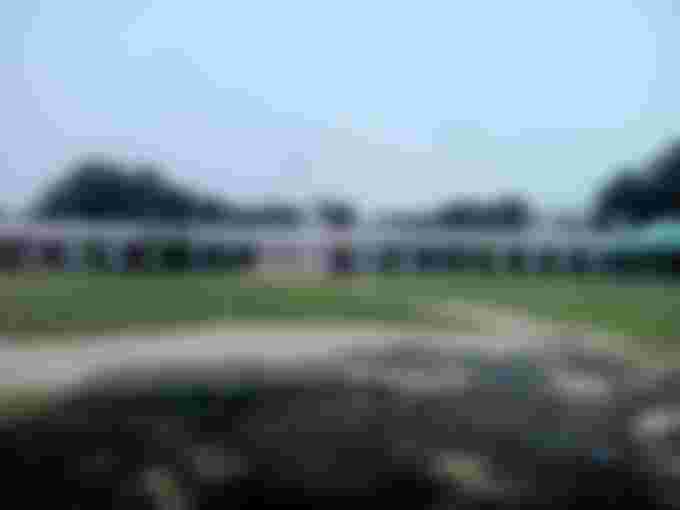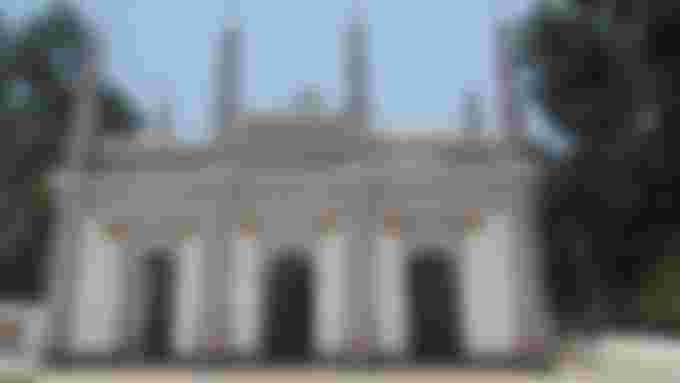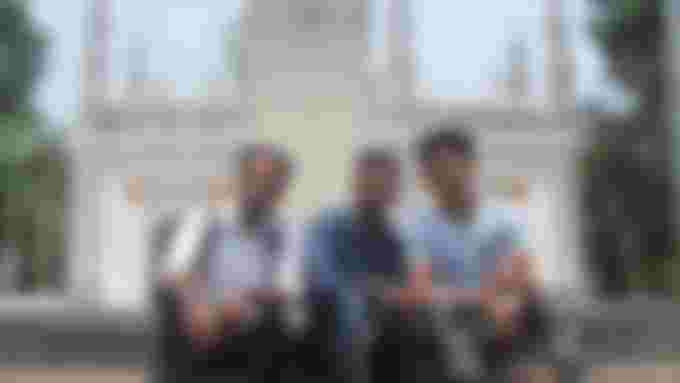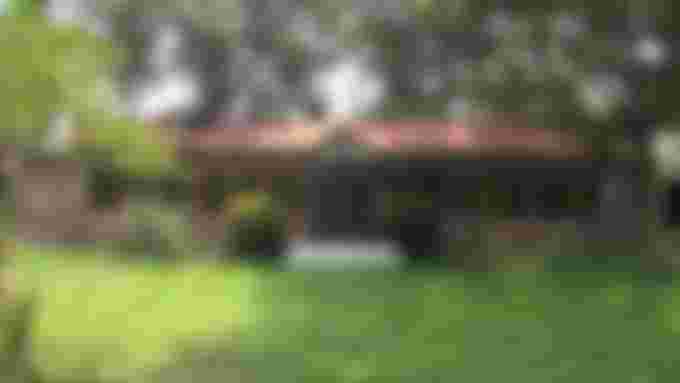Travel is always enjoyable. Travel is not only fun but also informs about the world around you. The human mind is at once joy and thirst for knowledge. Travel makes people's minds happy. As well as increasing the scope of knowledge. Acquiring knowledge should not be limited to just textbooks. Therefore, students should occasionally visit places of interest, historical places, green forests, mountains, etc. spread in different parts of the country and abroad.

Is travel important only for students? To cheer up the body and mind, to cut the monotony of working life, every person should go out on occasional trips. In fact, it is difficult to find people in the world who do not like to travel. Anyway, today I will talk about a place of interest, where the traveling mind will find joy and the lovers of history will find various historical traditions. Let's not exaggerate, let's talk about that place of interest. The place is 'Dhanbari Zamindar Bari' located in Dhanbari Upazila of Tangail district.

Dhanbari Zamindar Bari Khan Bahadur Syed Nawab Ali Chowdhury's immortal masterpiece. We are all more or less familiar with this name. Because this person was a member of the Nathan Committee and one of the founders of Dhaka University, the proponent of making Bengali the state language, and the first Muslim minister of the British government. Nawab Ali has made various contributions to the Indian subcontinent. He received the titles of Khan Bahadur, Nawab, CIE, and Nawab Bahadur from the British government.
Syed Nawab Ali Chowdhury built the zamindar house in 1919 to invite the British Lord Ronald. The British Lord came to Koyra Ghat on the Byron River by steamer at that time. It is learned that at that time a herd of 30 elephants was taken to greet the British Lord. This incident also testifies to the fact that there were once a large number of wildlife in the environment and nature of this country.

Dhanbari Zamindar Bari is called Nawab Palace. Originally it was called Nawab Bari or Nawab Palace. But since the house belonged to the zamindar, the locals used to call it 'zamindar bari'. Then it became more and more popular among the locals as Zamindar Bari. So if you call anyone from Dhanbari Zamindar Bari, he will show you the way to the house. But when visiting Dhanbari zamindar's house, many people may be hesitant about the name. Because the word Dhanbari Zamindar Bari is not written anywhere in the house. Instead, you will see 'Nawab Ali Hasan Ali Royal Resort' at the entrance. You will also see 'Royal Resort' written on the ticket.
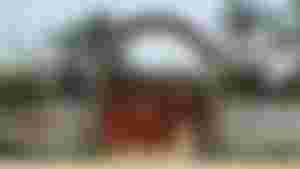
To overcome the hesitation, we need to know a little about the dynasty of the Nawab. Nawab Ali Chowdhury had three wives. He first married Altafunnahar, a girl from Bogra. Altafunnahar was the daughter of Nawab Abdus Sobhan. Abdus Sobhan was the zamindar of Bogra. It is known that Isha Khan's dynasty also had some connection with the zamindar Nawab Ali. He took Sayeda Akhtar Khatun, the last descendant of Isha Khan, as his second wife. Nawab Ali's third wife was Syeda Sakina Khatun Chowdhurani. Little is known about Sakina Khatun's lineage. However, when Nawab Ali, born in 1863, died in 1929, Syed Hasan Ali Chowdhury, the only son of his third wife, and his daughter Umme Fatema Humaira Khatun wrote their names in the waqf name. ‘Nawab Ali Hasan Ali Royal Resort’ has been established in the name of this Syed Hasan Ali. The resort is currently owned by Syed Ali Ashika Akbar, Hasan Ali's only daughter. That is why the monuments of this zamindar house still survive beautifully. The resort is being looked after by a private company called Light House.

As soon as you buy a ticket and enter through the entrance, you will see a beautiful green-decorated garden. This garden will catch the eye of the entire zamindar's house. Then if you walk along the north side you will see the office building on the left-hand side. Access to the porch of this building is permitted. After entering there, some chairs used by the zamindars can be touched and pictures can be taken while sitting on the chairs. On the wall are some old black and white pictures containing the memory and history of the Nawab. Although you can enter the veranda, you are not allowed to enter any room in this building. All the rooms are locked. Moreover, the stairs to the roof are locked and it is not possible to go up to the roof.

Outside the office building, a wall can be seen on the south side. If you enter through the gate of the wall, you will see Nawab Manzil or Nawab Palace. The palace of Nawab Manzil has four domes and faces south. The door is not exactly along the middle. The cornice of the building has various types of herb designs. The building has four large rooms and some smaller rooms. It goes without saying that even these rooms are not allowed to enter. Just east of the building you can see a huge tank of 30 bighas which is more than a hundred years old. On the bank of the lake, there is a ceremony of shady trees. Different types of birds come to Dighi in winter. As a result, winter travel adds some extra joy. However, the lake, which is full of garbage and water hyacinth, is on the verge of losing its tradition.

Before entering the pond, one enters the building through the archway on the east side and sees two residential buildings, a flower garden, a zoo, a sitting room, a gomasta, a naib, a pikepayadar settlement, a kachori Ghar, and a das-desire. Although there is a zoo, nothing can be seen there except a few birds. The arch was built to receive British lords.

After visiting the entire zamindar's house, you will come out and see the 'Dhanbari Nawab Institution' established by the Nawab. The institution is still running with a reputation as a witness to its outstanding contribution to the spread of education. After seeing it, if you go a little further, you will see Dhanbari Nawab Shahi Jame Mosque. It is also called Nawab Bari Mosque.

The Dhanbari Shahi Mosque is 700 years old. The mosque was built in Mughal architecture. However, the present appearance of the mosque has been renovated more than once. As a result of the reforms, its antiquity has largely disappeared. But it has been much more pleasant than before. Initially, the mosque was rectangular but now it is square. Formerly the mosque was 45 feet long and 15 feet wide. Khan Bahadur Syed Nawab Ali Chowdhury is sleeping next to this mosque. For 89 years after his death, the recitation of the Qur'an did not stop there for even a minute. The reciters engaged in the management of the mosque are reciting the Qur'an in turns. Surrounding the west side of the mosque is the family graveyard of the Nawabs. To the south are the Aftabunnesa Hafizia Madrasa and Orphanage.

Dhanbari Zamindar Bari or Resort and Nawab Shahi Jame Mosque attract a large number of visitors every year. In addition, dramas, movies, and magazines are sometimes shot at the zamindar's house. Garo dances, stick games, etc. are organized there. Tickets cost 50 rupees per person to enter the zamindar's house. With these 50 rupees, you will have the opportunity to walk around the resort for only two hours. There is also a car parking system.

The Dhanbari zamindar house is located near the Dhanbari bus stand on the Dhaka-Jamalpur highway. It will take only 3-4 minutes to walk from the Dhanbari bus stand. Dhanbari bus stand can be reached by bus from Dhaka for only 120-150 rupees. The Dhanbari zamindar house is now also known as Nawab Ali Hasan Ali Royal Resort. Visitors now have the opportunity to spend the night inside the resort. So you can actually stay inside the resort to travel from far and wide. But the rent will be relatively high. So you can stay safely in Dhanbari or the residential hotel in the adjoining Upazila Madhupur at a relatively low cost. So on this Eid, either family or friends can come back from Dhanbari Zamindar Bari or Nawab Ali Hasan Ali Royal Resort to get lost in the memory of Nawabs.

